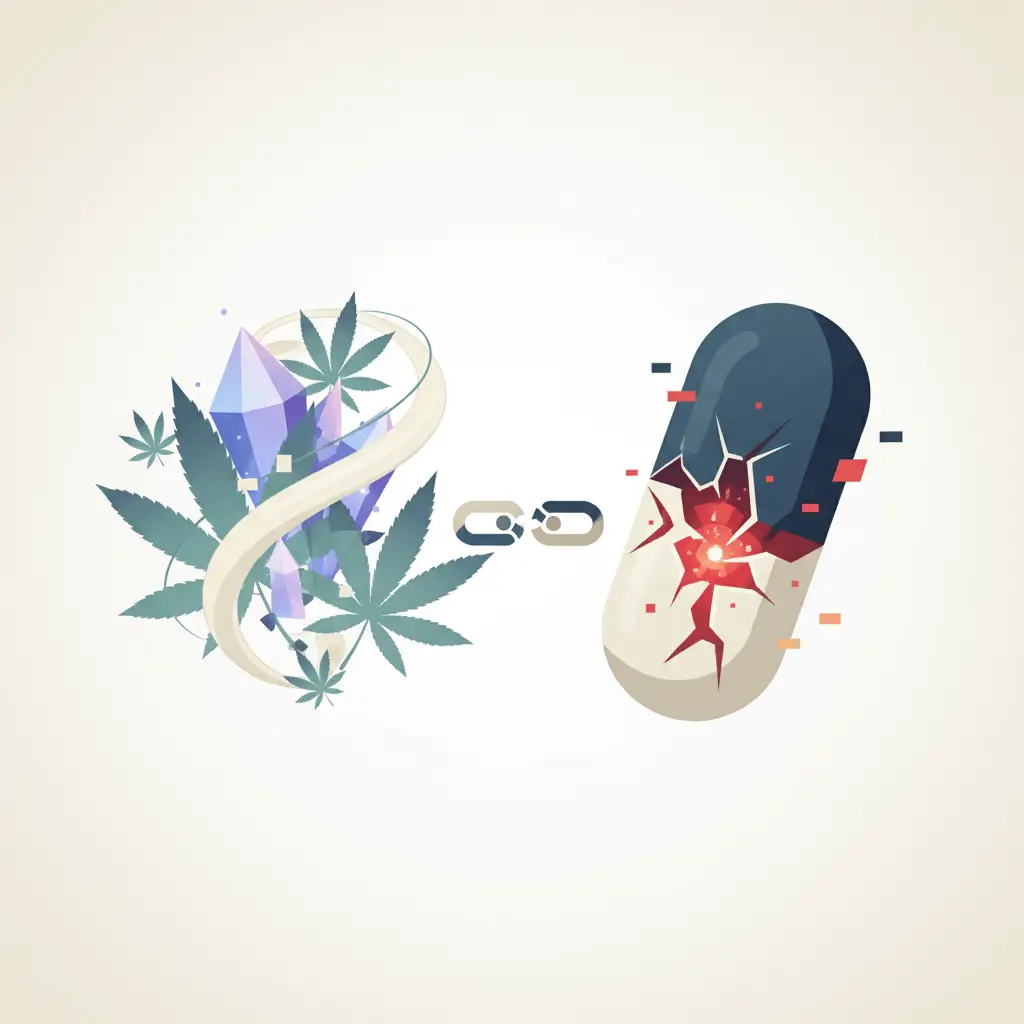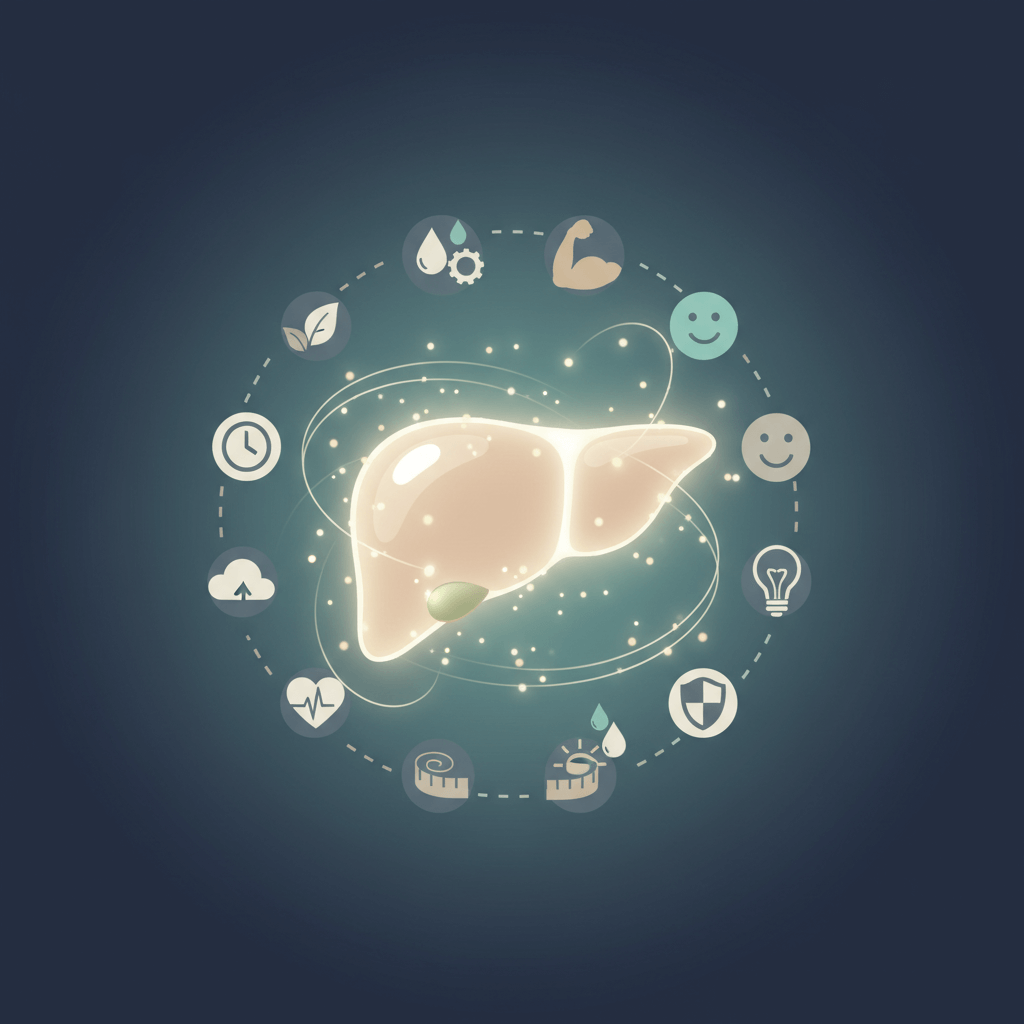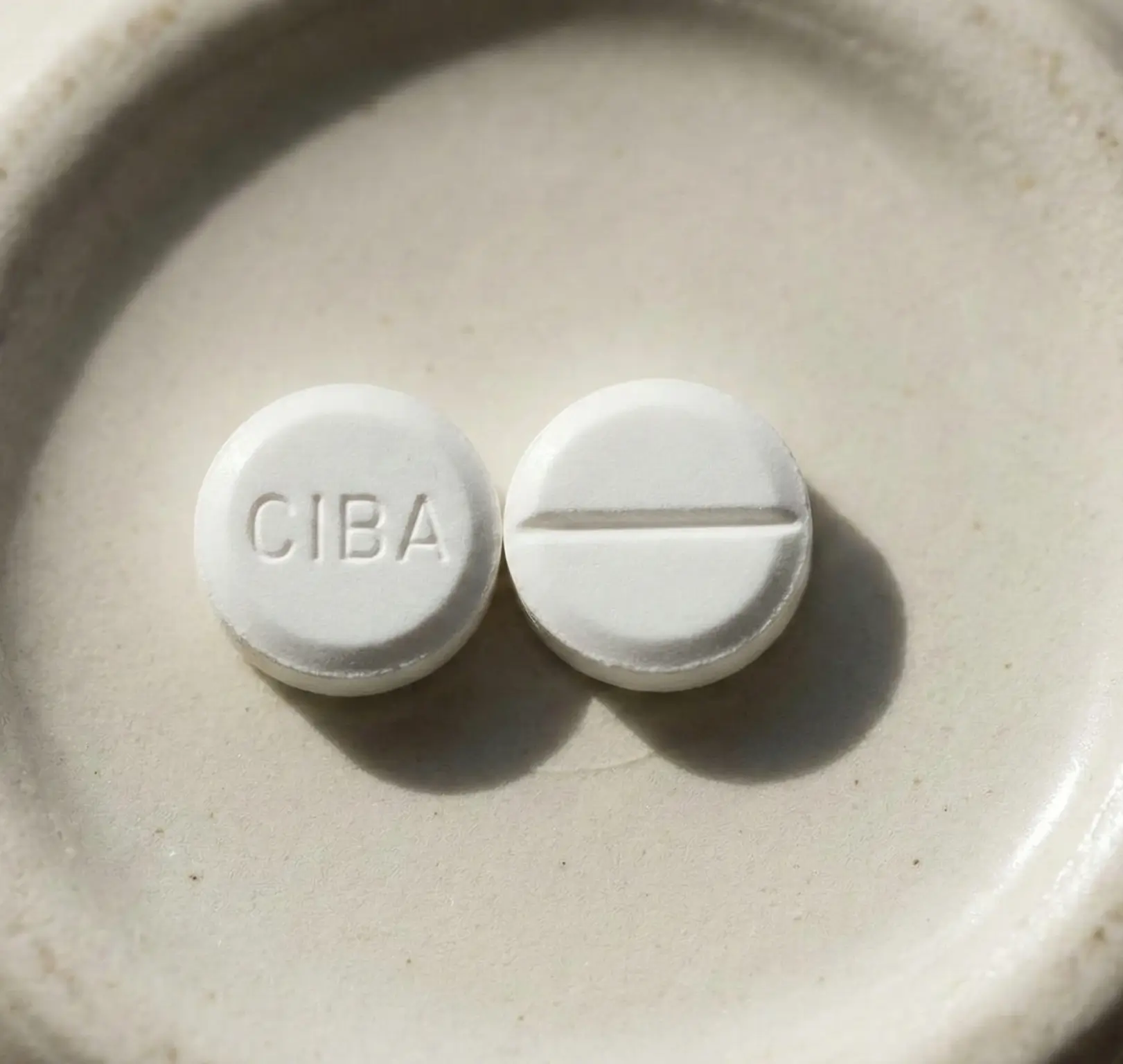Understanding Purple Drank
Purple drank, also known as lean, sizzurp, or syrup, is a recreational drug concoction that gained popularity in the 1990s hip-hop community in the southern United States. It is made by mixing prescription-strength cough syrup containing codeine and promethazine with soda or juice, and sometimes adding hard candies like Jolly Ranchers for flavoring. The drink is often purple in color due to the codeine content in the cough syrup.

Introduction to Purple Drank
Purple drank is a recreational drug cocktail that has become popular among certain communities. It is known by various names, including lean, sizzurp, and syrup. The drink is made by combining prescription-strength cough syrup containing codeine and promethazine with a soft drink like Sprite or Mountain Dew, and sometimes adding candy like Jolly Ranchers for added flavor.
History and Popularity of Purple Drank
Purple drank gained prominence in the 1990s, particularly within the hip-hop culture. Artists and musicians glorified the drink through their lyrics and music videos, contributing to its popularity among young people. The cultural influence of hip-hop played a significant role in the spread of purple drank, making it a symbol of a particular lifestyle.
Effects and Risks of Purple Drank
While purple drank may be appealing to some, it is important to understand the potential effects and risks associated with its consumption. The codeine in the cough syrup acts as an opiate, providing a sense of relaxation and euphoria. However, consuming this concoction in high doses can lead to various health risks, including respiratory depression, seizures, coma, and even death.
Purple drank also carries the risk of physical dependence and addiction, especially due to the codeine content in the cough syrup. Misuse of the drink can lead to tolerance and withdrawal symptoms when trying to stop its use (Addiction Center). It is essential to recognize the potential dangers associated with purple drank and seek help if needed.
Understanding the history, popularity, effects, and risks of purple drank is vital for making informed decisions regarding its use. It is important to prioritize personal health and well-being, and to be aware of the potential consequences that can arise from consuming this recreational drug cocktail.
Ingredients in Purple Drank
Purple drank, also known as lean, sizzurp, or syrup, is a recreational drug concoction that gained popularity in the 1990s hip-hop community in the southern United States. It is a mixture of various ingredients, with the key components being codeine, promethazine, soda or soft drinks, and candy for flavoring. Let's take a closer look at each of these ingredients.
Codeine in Purple Drank
Codeine is a powerful opioid analgesic that is typically found in prescription-strength cough syrup. It acts as a central nervous system depressant, providing a sedative effect. When consumed in purple drank, codeine contributes to the desired effects, such as relaxation and euphoria. However, it is important to note that codeine is a controlled substance and can be highly addictive.
Promethazine in Purple Drank
Promethazine is an antihistamine that is often combined with codeine in prescription-strength cough syrup. It helps to alleviate symptoms such as coughing and runny nose. In purple drank, promethazine acts in conjunction with codeine, enhancing the sedative effects. It is important to be cautious with the use of promethazine, as it can cause drowsiness and impair motor skills.
Soda and Soft Drinks in Purple Drank
Soda or soft drinks, such as Sprite or Mountain Dew, are commonly used as mixers in purple drank. These beverages are chosen for their carbonation and sweet taste, which help to mask the bitterness of the cough syrup. The choice of soda can vary depending on personal preference. However, it is crucial to recognize that the excessive consumption of sugary drinks can have negative health effects.
Candy and Flavoring in Purple Drank
To add flavor and sweetness to purple drank, hard candies like Jolly Ranchers are often dissolved in the mixture. The candy infuses the drink with fruity flavors, making it more enjoyable to consume. It is important to note that the candy serves primarily as a flavoring agent and does not contribute significantly to the overall effects of the drink.
Understanding the ingredients in purple drank is essential to comprehend the potential risks and effects associated with its consumption. It is crucial to recognize that purple drank is a recreational drug with addictive properties and serious health risks. The combination of opioids, antihistamines, carbonated beverages, and candy creates a potent and potentially harmful mixture. It is important to prioritize your health and well-being by avoiding the use of purple drank and seeking help if you or someone you know is struggling with substance abuse.
Health Risks of Purple Drank
Purple drank, also known as lean, is a beverage that entails serious health risks and should not be taken lightly. The combination of ingredients in purple drank, such as codeine, promethazine, soda, and candy, can lead to various negative consequences, both physical and psychological. It is essential to understand the potential health risks associated with purple drank consumption.
Respiratory Depression and Overdose
One of the most significant health risks of purple drank is respiratory depression. Codeine, a potent opiate found in cough syrup, can cause the suppression of the central nervous system, leading to slowed breathing and potential respiratory failure. Consuming this concoction in high doses can lead to overdose, which can result in coma and even death.
Addiction and Dependence
Purple drank contains codeine, a narcotic analgesic that can be highly addictive. Continued and excessive use of lean can lead to physical and psychological dependence, making it challenging to discontinue use without experiencing withdrawal symptoms. Addiction to lean can have severe consequences on one's health, relationships, and overall well-being.
Physical and Psychological Consequences
Chronic use of purple drank can have significant physical and psychological consequences. The codeine and promethazine in lean can cause a range of adverse effects, including sleep disturbances, gastrointestinal complications, cognitive impairment, and respiratory depression. Liver and kidney damage can also occur with prolonged and excessive use of purple drank.
The recreational use of lean is illegal due to the presence of controlled substances like codeine and promethazine. Misuse of these substances can result in severe physical and psychological consequences. It is crucial to be aware of the potential dangers associated with purple drank and to seek help if you or someone you know is struggling with lean abuse.
It is important to note that the consumption of lean is not recommended and should be approached with caution. It is essential to prioritize one's health and well-being by avoiding the use of substances that pose serious risks. If you or someone you know is struggling with lean abuse, seeking professional help and support is crucial for recovery and overall health.
The Cultural Context of Purple Drank
Purple drank, also known as Lean, has gained significant cultural relevance, particularly within the hip-hop community. Its influence can be seen in the glorification of this concoction in music and media.
Influence of Hip-Hop Culture
Purple drank was made popular by the rap community and is often prominently featured in song lyrics and music videos. Artists in the hip-hop industry have played a significant role in popularizing and normalizing the use of purple drank. The appeal of purple drank among young people can be attributed, in part, to the influence of hip-hop culture and the desire to emulate their favorite artists.
The association of purple drank with artists and their lifestyles has contributed to its allure and perceived "coolness" factor. However, it's crucial to recognize the potential risks and dangers associated with this substance.
Glorification in Music and Media
Purple drank has been glorified by some artists in their lyrics, further contributing to its popularity and cultural significance. It has become a recurring theme in rap songs, which often portray the use of purple drank in a positive light.
The glorification of purple drank in music and media can create a false perception of its effects and downplay the potential risks and consequences. This portrayal can inadvertently influence and normalize its use among impressionable individuals.
It is essential to approach the cultural context of purple drank with a critical mindset and a focus on promoting accurate information about its effects and risks. Education and awareness efforts are crucial in dispelling misconceptions and encouraging safe and informed decision-making.
By understanding the cultural context surrounding purple drank, we can better comprehend the factors contributing to its popularity and work towards addressing the potential harm associated with its use.
Coping and Mental Health
Lean, also known as purple drank, has been identified as a substance some individuals use to cope with mental health challenges, including post-traumatic stress disorder (PTSD) and other mental health symptomology. Understanding the relationship between lean and mental health is essential to address the underlying issues and provide appropriate support.
Use of Lean for Coping
Research has shown that lean consumption is sometimes used as a coping mechanism for individuals dealing with PTSD and other mental health issues. It is important to note that lean is not a recommended or effective method for managing mental health symptoms. Instead, it is crucial for individuals to seek professional help and explore healthier coping strategies under the guidance of mental health professionals.
PTSD and Mental Health Symptomology
Individuals with PTSD and other mental health conditions may be more prone to turning to substances such as lean as a means of self-medication. However, lean consumption can exacerbate mental health symptoms and create a cycle of dependence and potential harm. It is essential for individuals struggling with mental health issues to seek evidence-based treatments and therapies that address the root causes of their symptoms.
Relationship Between Lean and Mental Health
The relationship between lean and mental health is complex, with various factors influencing its use. Research has found that individuals with anxiety, a history of trauma, and women have increased odds of using lean as a coping mechanism. On the other hand, individuals with depression and unstable housing exhibited decreased odds of using lean for coping purposes. These findings highlight the importance of considering individual circumstances and providing tailored interventions to address mental health needs effectively.
Addressing mental health challenges requires a comprehensive approach that focuses on evidence-based therapies and support. It is crucial to encourage individuals to seek professional help from mental health practitioners who can provide appropriate guidance and treatment options. Relying on substances like lean can lead to further complications and hinder the healing process.
Safe Consumption and Prevention
When it comes to purple drank, understanding the risks associated with its consumption is essential. This section focuses on educating individuals about these risks, recognizing the signs of lean abuse, and highlighting prevention and education efforts.
Understanding the Risks
Consuming purple drank in high doses can lead to various health risks, including seizures, respiratory depression, coma, and even death. The codeine content in purple drank is particularly concerning, as it can cause respiratory depression, which, in high doses, can result in overdose and death. Other ingredients like promethazine in the cough syrup and the candy used can also have adverse effects when consumed excessively.
In addition to the immediate risks, lean consumption has long-term consequences. Chronic use of purple drank can lead to liver and kidney damage, as well as addiction, respiratory depression, sleep disturbances, gastrointestinal complications, and cognitive impairment. It's important to recognize that the recreational use of lean is illegal due to the presence of controlled substances like codeine and promethazine, further emphasizing the severity of the risks involved.
Recognizing Signs of Lean Abuse
Being able to identify the signs of lean abuse is crucial for early intervention and support. Some common signs of lean abuse include:
- Drowsiness and sedation
- Slurred speech
- Lack of coordination
- Changes in behavior and mood swings
- Frequent coughing
- Nodding off or appearing excessively drowsy
- Engaging in risky behaviors
- Neglecting responsibilities and relationships
If you suspect that someone may be abusing lean, it is important to approach the situation with care and concern. Encourage them to seek professional help and support them throughout their recovery journey.
Prevention and Education Efforts
Prevention and education play a vital role in addressing the issues related to lean consumption. Efforts should focus on:
- Raising awareness about the risks and dangers associated with lean through educational campaigns, community programs, and public health initiatives.
- Providing accurate and up-to-date information about the ingredients, effects, and consequences of lean consumption.
- Promoting healthy coping mechanisms and alternative ways to manage stress and emotional challenges.
- Encouraging open and honest conversations about substance abuse and mental health to reduce stigma and increase support.
- Collaborating with healthcare professionals, educators, and community leaders to develop comprehensive prevention strategies.
By prioritizing prevention and education, we can work towards reducing the prevalence of lean abuse and protecting individuals from the harmful effects of this dangerous concoction.
Please note that the information provided here is for educational purposes only and should not replace professional medical advice. If you or someone you know is struggling with substance abuse, please seek help from a qualified healthcare provider or a substance abuse helpline in your country.













